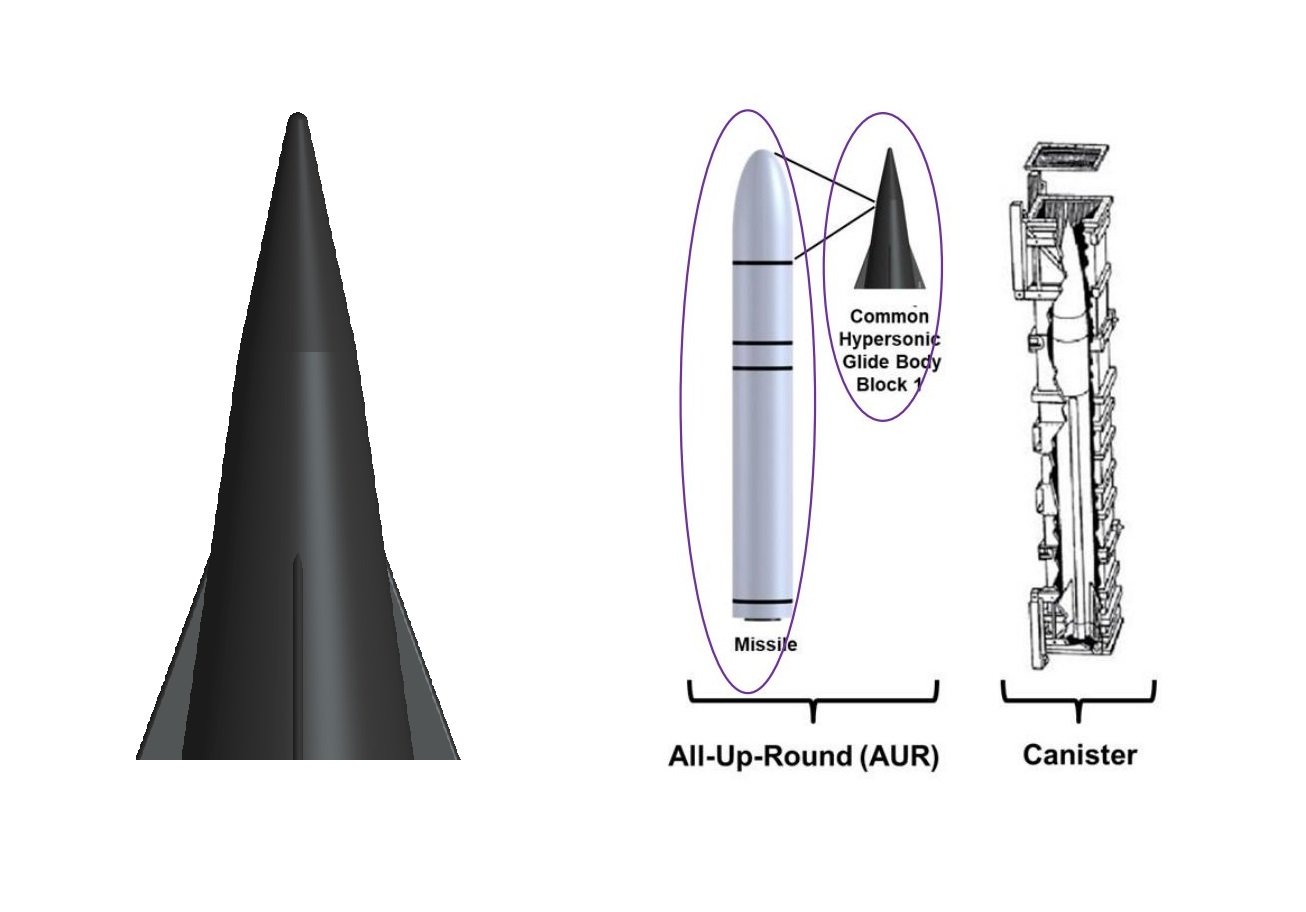Raytheon Co., one of the world’s largest defense contractors, has announced that it will use its extensive experience in advanced hypersonic technology to build and deliver the control, actuation and power-conditioning subassemblies that control flight of the Army’s hypersonic weapon glide body as part of Long Range Hypersonic Weapon (LRHW) program.

The company in coordination with its partners will deliver a residual hypersonic weapon combat capability to Soldiers by 2023.
Raytheon Company will build and deliver the control, actuation and power-conditioning subassemblies that control flight of the U.S. Army’s new Common-Hypersonic Glide Body program.
The Army is leading a team with the U.S. Navy and Air Force to deliver hypersonic weapons that are launched from land, sea or air and will travel at speeds greater than Mach 5.
“Raytheon is at the forefront of hypersonic technology development,” said Dr.Thomas Bussing, Raytheon Advanced Missile Systems vice president. “We will bring our years of advanced weapons development experience to rapidly transform the government’s initial concept into a producible design.”
Hypersonic weapons will enable the U.S. military to reach out farther and strike faster compared to current weapons. Raytheon is developing both offensive and defensive solutions as part of its expanding hypersonic portfolio.
“Raytheon is working closely with Dynetics and its industry partners to quickly field the hypersonic weapon and provide our nation’s military with the tools it needs to stay ahead of the escalating threat,” said Dr. Thomas Bussing, Raytheon Advanced Missile Systems vice president. “The development of hypersonic weapons is a priority for our country, and we are aggressively working to produce offensive and defensive solutions.”
Raytheon will also help assemble and test the new glide body under the Dynetics Corporation contracts.
The Army Long Range Hypersonic Weapon (LRHW) will introduce a new class of ultrafast, maneuverable, long-range missiles that will launch from mobile ground platforms.
“Delivering hypersonics to a unit of action will provide a critical combat capability for the Army in support of the National Defense Strategy,” said LTG L. Neil Thurgood, Director of Hypersonics, Directed Energy, Space and Rapid Acquisition. “With a collaborative effort by our partners in industry and the Department of Defense, we will advance this strategic weapon system and fulfill a critical mission for our nation.”
Hypersonic weapons are capable of flying at five times the speed of sound and operate at varying altitudes, making them unique from other missiles with a ballistic trajectory.